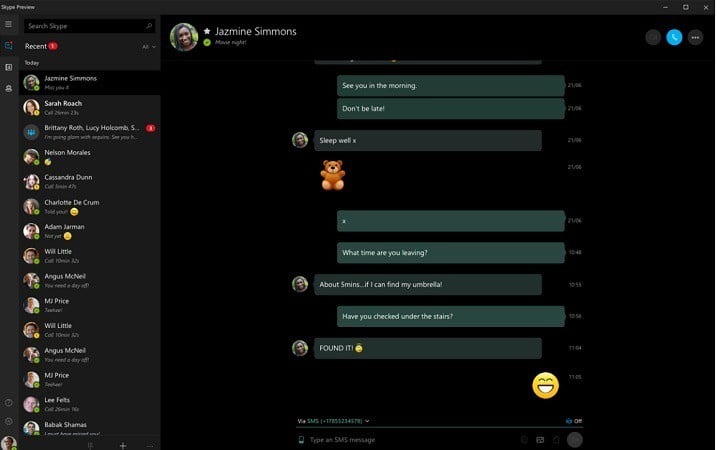
Click the icon in your taskbar, and the mouse icon turns into a small, red pin.
Deskpins works a little bit differently than the script versions of Always On Top and AutoHotkey. Double-click or right-click and select ‘ Open‘ on deskpins.exe to run the program on your computer. Download and install Deskpins using the Windows 10-specific installer. As a Free or Open Source Software (FOSS) program, you can easily use DeskPins on any computer. Click Save.Īuto Hotkey does provide more customization than you’d otherwise get from Always On Top, but it’s also more work to use on your PC.ĭeskPins has been around for years, since the days of Windows XP, and it still gets used today to place window pins on the PC. You can also use “#” to represent the Windows key if preferred. The “ ^” character represents the Ctrl key, and “SPACE” represents the space bar, creating a Ctrl + hotkey. Now run the script and you’re all finished. After you press OK, the file icon should look like a purple “H”. Find the app AutoHotkey Unicode 64-bit and check the box labeled Always use this app to open. If it does not match mine, when you right-click, choose Open with and Choose another app. Just press CTRL + SPACE on whatever window you want to stay on top. If your file icon matches mine, right-click on the file and select Run Script. Save the file by clicking on File and the Save at the top of the window or you can press CTRL + s. Type or paste the following onto the bottom of the file: ^SPACE:: Winset, Alwaysontop,, A. Now right-click on that file and choose Edit Script. In the folder, Right-click and choose New and then AutoHotKey Script. (Right click on your desktop and select New and Folder) Create a folder where you can hold your hot key script along with any others you may make in the future.  Download and install AutoHotkey if you don’t have it already. Here are the steps on how to get going with AutoHotkey:
Download and install AutoHotkey if you don’t have it already. Here are the steps on how to get going with AutoHotkey: 
Some more technically inclined Windows users might prefer the customized scripting options available with AutoHotkey.

If you’re looking for something that comes prewritten, we would suggest sticking to the Always On Top application, which effectively comes as a pre-packaged AutoHotkey script. If you’re looking to pin windows to your desktop, you can do so easily with AutoHotkey, although it’s worth noting that you’ll have to create the script by writing code manually.







 0 kommentar(er)
0 kommentar(er)
